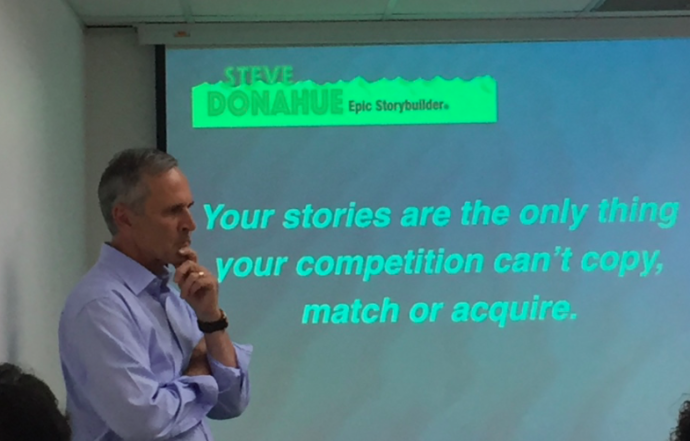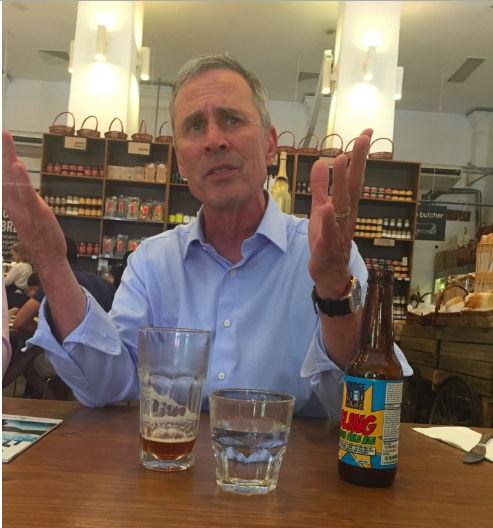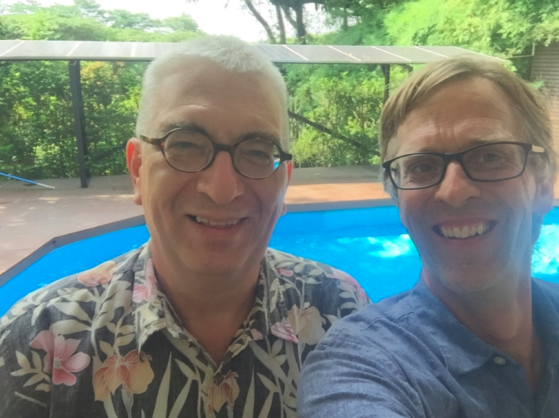
The job of a keynote speaker is, more than anything, to inspire the audience.
The definition of “inspire” is to “fill someone with the urge or ability to do or feel something, especially to do something creative”.
The thing with inspiration is that it is contagious.
The more inspired we are as speakers (ie, the more we are filled sig the urge or ability to do or feel something) the easier it is for us to inspire others.
That is why I, as a speaker, travel so much.
By traveling around the world I get to learn about different cultures, countries and people. I get to meet different industries, professions and experts. I get to see different places, different ideas, different ways of doing things.
Last year I worked in 22 different countries. This year I have, so far, worked in 15 – on 4 continents.
To be in Shanghai, Luxembourg, Cambridge, Madrid, Hong Kong, Singapore and Sweden in one months to speak to (amongst others) young leaders from developing countries, lawyers and insurance experts in one month (as I did in June) fills me with so many different insights and ideas that I can then transform to inspiring messages in my speeches.
But you can not always be inspired.
There is such a thing as too much inspiration.
Sometimes you need to do the opposite of being inspired.
It might sound weird but the best way to explain it is to look at the actual meaning of the word “inspire”.
To “inspire” literally means “to breathe in”. (From the dictionary: “the drawing in of breath; inhalation. crackling sounds are heard in the stethoscope on inspiration.”
And if we constantly breathe in we will die.
We also need to breathe out.
Or as the dictionary calls it: “to expire” – as in: “exhale (air) from the lungs. (as adj. expired) : the volume of expired air.”
Inspiration is “input”, but creativity is “output”
So to be creative we need to take time off from being inspired and instead focus on getting something out.
And to get something out we need time to do nothing.
The word “expire” actually also means “• (of a period of time) come to an end: the three-year period has expired.”
As a speaker my financial year ends on August 31st, and I make sure that I have had enough work to take me around the world in the first 10 month of the year.
The last two months (July and August) is my time relax, think and learn.
I guess you can say that: “My time of inspiration expires in June.”
So in July I did nothing, as in no work at all.
Zero dollar in revenue. Zero miles on a plane for going to clients (Well, technically that is not true, I did fly to do one (1) speech at a conference for speakers in Phoenix, Arizona… But you get my point.)
I spent 6 weeks on my island in Sweden doing nothing but playing with my kids, relaxing with my wife and fooling around with some simple gardening. I hardly opened my computer, and if I did it was to load Game of Thrones, not to check emails, write blog posts or research a new book.
I emptied my brain. Stopped thinking about speaking or work,
Yes, I did not work. For 1,5 months.
Above is a picture of the island paradise that I have built for our family to get away from the rest of the world to just chill and relax.
Now, after 45 days or so of doing nothing – of exhaling – my mind is as empty as my energy level is re-charged.
My subconscious have gotten the quite time that it needs to combine all the inspiration and inputs that I got from travelling the world for 10 months earlier in the year.
These weeks of non-work, of “anti-revenue”, of down time are what makes it possible for me to be a global keynote speaker for the rest of the year.
But now it is time to start breathing in again. Time to begin filling up those “imaginary lungs of creativity” with new energy in the form of inspiration.
So my advice to you as a speaker is: Get out there and be inspired – but do not be an inspiration junkie.
Do not constantly breathe in. Create the time and space to let yourself breath out.
In the long run I can promise you that it will make you feel more alive, make your more creative, give you a more fulfilling life (and – for the ones of you who question the sanity of having weeks and weeks of zero-revenue time – I will tell you that letting yourself breathe in AND out will also make you more money in the end.)
At least that is how it works for me.





